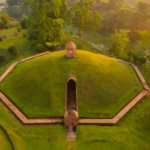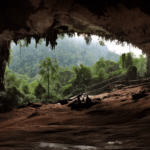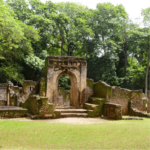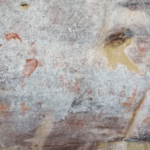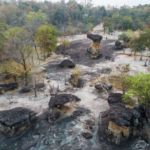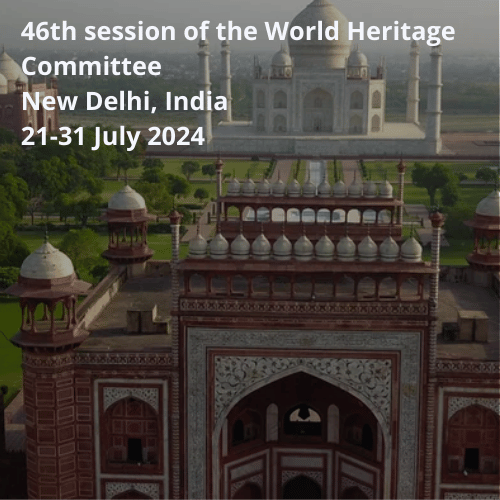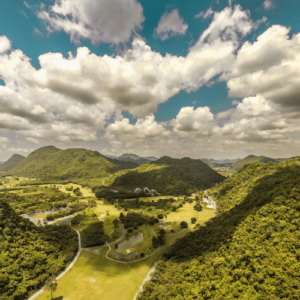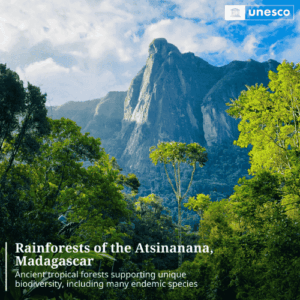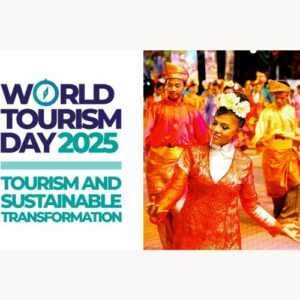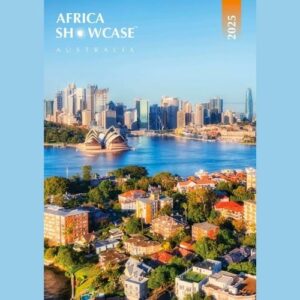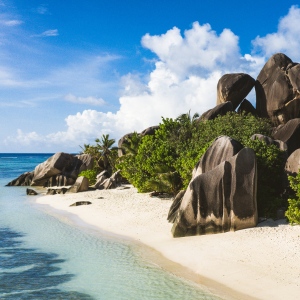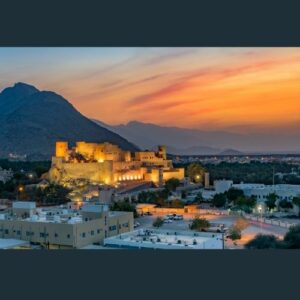Six cultural property sites in the Indian Ocean are currently being considered for inclusion on the UNESCO
The 46th session of UNESCO’s World Heritage Committee is scheduled to take place in New Delhi, India, from July 21 to 31, 2024. During this session, the committee will consider the possible addition of 27 sites to the esteemed World Heritage List.
Among these are the following six cultural sites located in the Indian Ocean region:
India : Moidams – The Mound-Burial System of Ahom Dynasty
The property in eastern Assam holds the royal necropolis of the Tai-Ahom, featuring 90 moidams containing remains of kings and royals with grave goods. The site’s sacred geography includes banyan trees, coffin trees, and water bodies shaped over 600 years. Tai-Ahom rituals are practiced at Charaideo, where moidams are considered exceptional within the Brahmaputra Valley.
Malaysia: The Archaeological Heritage of Niah National Park’s Caves Complex
The Niah Caves on Borneo’s west coast in Niah National Park hold a 50,000-year record of human interaction with rainforests. The site features archaeological deposits, rock paintings, and boat-shaped burials, shedding light on human history in Southeast Asia. Local communities practice the tradition of “molong” – taking only what is needed – when collecting guano and edible bird’s nests from the caves.
Kenya: The Historic Town and Archaeological Site of Gedi
The abandoned city of Gedi, located in a coastal forest, was a significant Swahili city from the 10th to 17th centuries. It was part of a trade network connecting the East African coast to regions like Persia. The city exhibits Swahili architecture, with walls and structures made of coral rag, earth mortar, and wood.
South Africa: Human Rights, Liberation and Reconciliation: Nelson Mandela Legacy Sites
The serial property in South Africa includes 14 historic features linked to the struggle for human rights, including the Union Buildings, Sharpeville and The Great Place at Mqhekezweni. These sites are associated with the fight against apartheid, the influence of Nelson Mandela, and values such as non-racism, pan-Africanism and ubuntu.
South Africa: The emergence of Modern Human Behaviour: The Pleistocene occupation sites of South Africa
This serial property in South Africa, made up of three archaeological sites, illustrates the evolution of modern human behavior with evidence of symbolic thought, advanced technologies and climatic transitions over 162,000 years.
Thailand: The Phu Phrabat Historical Park
The property showcases the Sīma stone tradition from the Dvaravati period in Southeast Asia, highlighting the use of stones as sacred boundary markers in Theravada Buddhist monastic areas, particularly in the Khorat Plateau region. The Phu Phrabat Mountain area contains the world’s largest collection of Sīma stones, transformed into a religious center with rock paintings showing human occupation over two millennia.
Source: UNESCO
